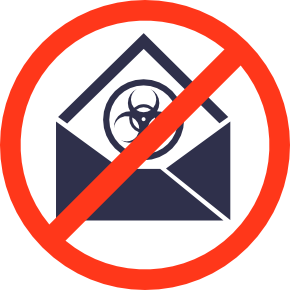More CASL enforcement
Last week the CRTC published a CASL enforcement action wherein they fined an individual $15,000 for 10 violations of the act.
The Commission imposes an administrative monetary penalty of $15,000 on William Rapanos for 10 violations of section 6 of Canada’s Anti-Spam Legislation. Specifically, Mr. Rapanos sent commercial electronic messages (i) that did not identify the sender, (ii) that did not include information that enables the recipient to readily contact the sender, (iii) without prior consent from the recipients, and (iv) that, in certain cases, did not include a functioning unsubscribe mechanism.
I do encourage folks who are concerned about CASL to read through the full article on the CRTC website. They write out how hard they tried to work with the individual in question. They really seem to have tried to do what they could to get compliance with the act without assessing a fine. As the CRTC says, the aim of penalties is to promote compliance, not to publish people who violate the act. We’ve certainly seen other CASL cases involving much more mail, that proportionally smaller penalties assessed.
One thing that I noticed in the article was the description of the individual under investigation. The CRTC walks through the discussions with him and the investigations into sending. The documented behavior is very “spammer” to me, especially the “someone is doing this to frame me” and “someone must have stolen my identity.” No one really believes that someone would steal your identity, break into your house, use your wifi and … only send spam. There’s so much more that can be done with that level of access.
None of his behavior is any surprise to any of us who have worked with spammers.

 The CRTC served its first ever warrant as part of an international botnet takedown. The warrant was to
The CRTC served its first ever warrant as part of an international botnet takedown. The warrant was to